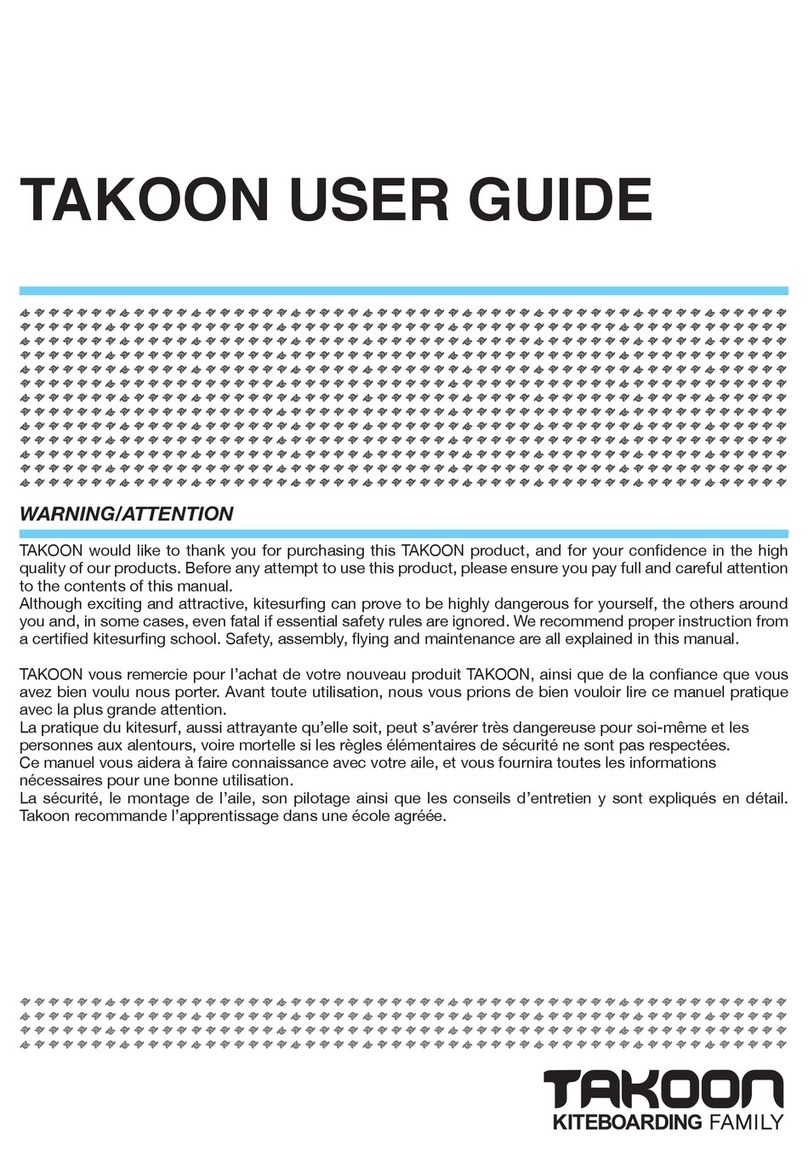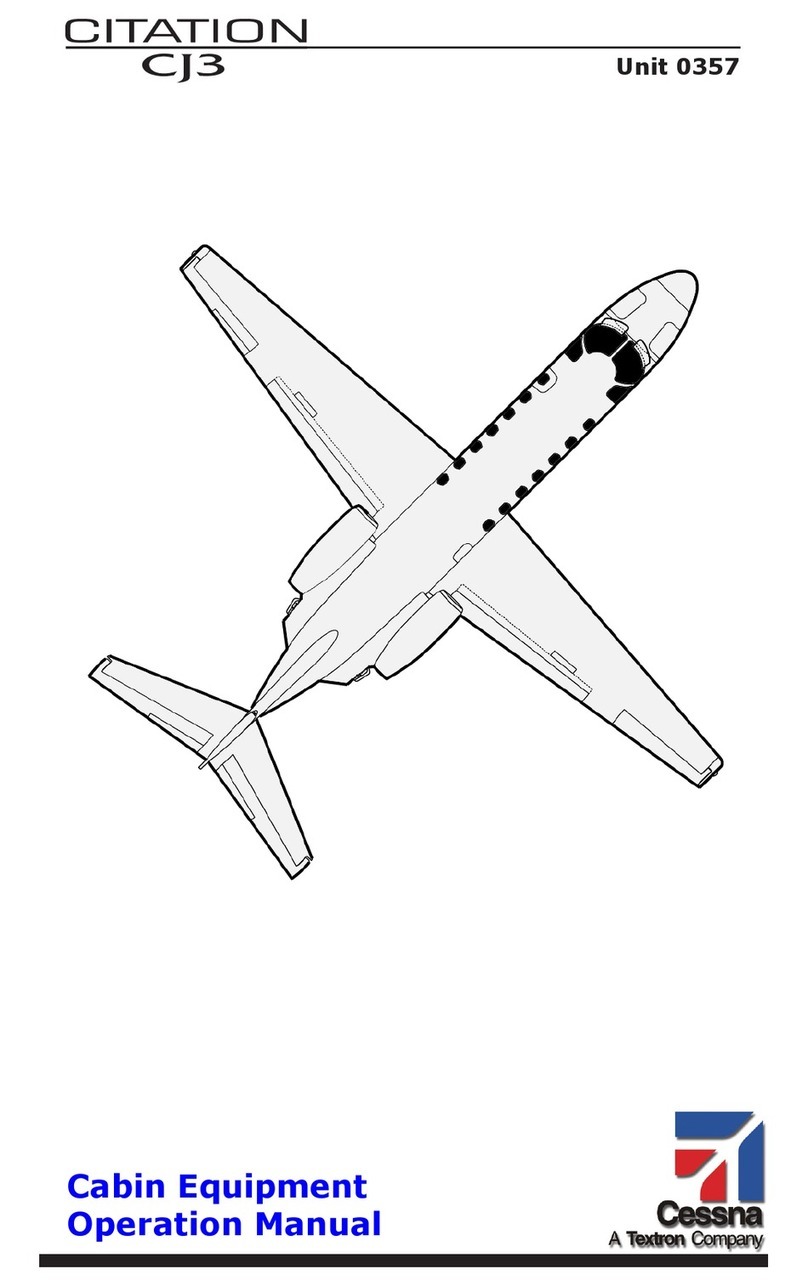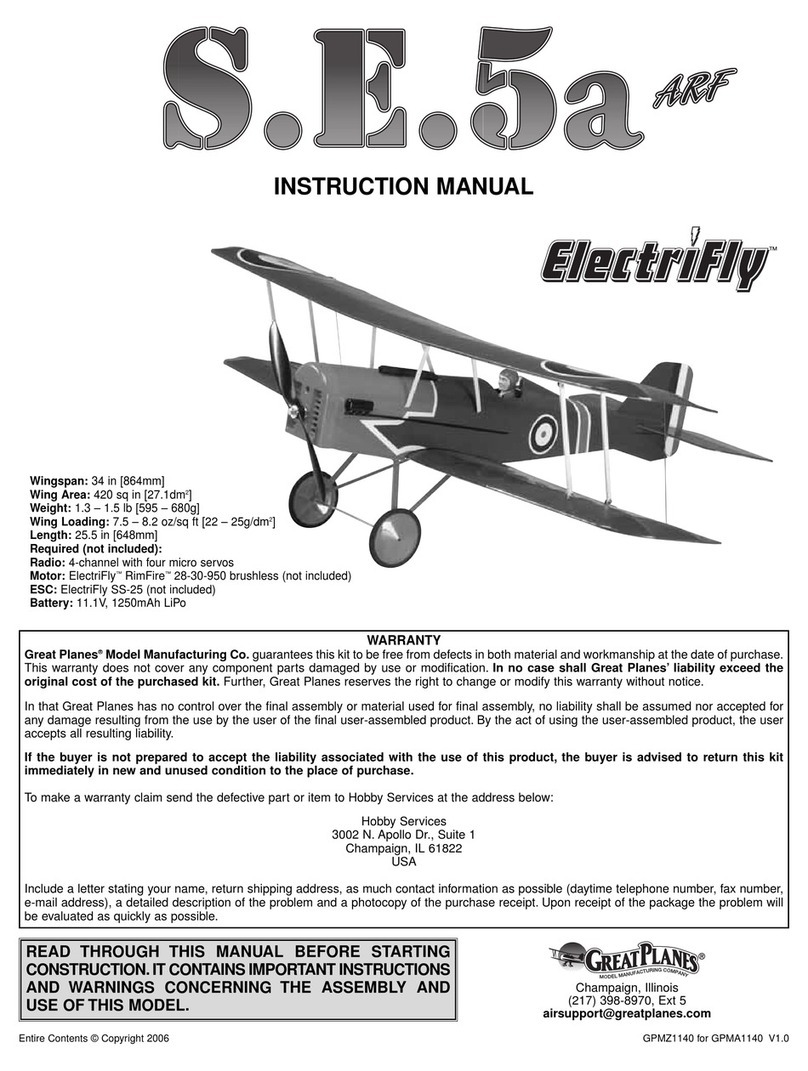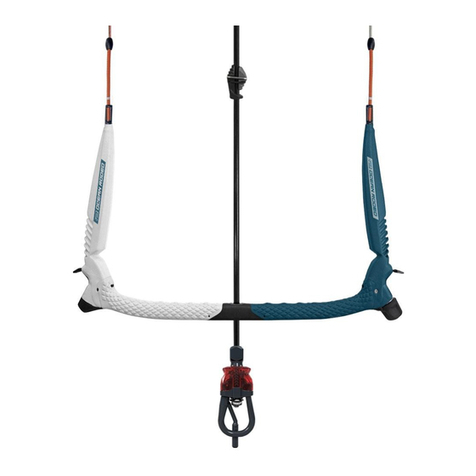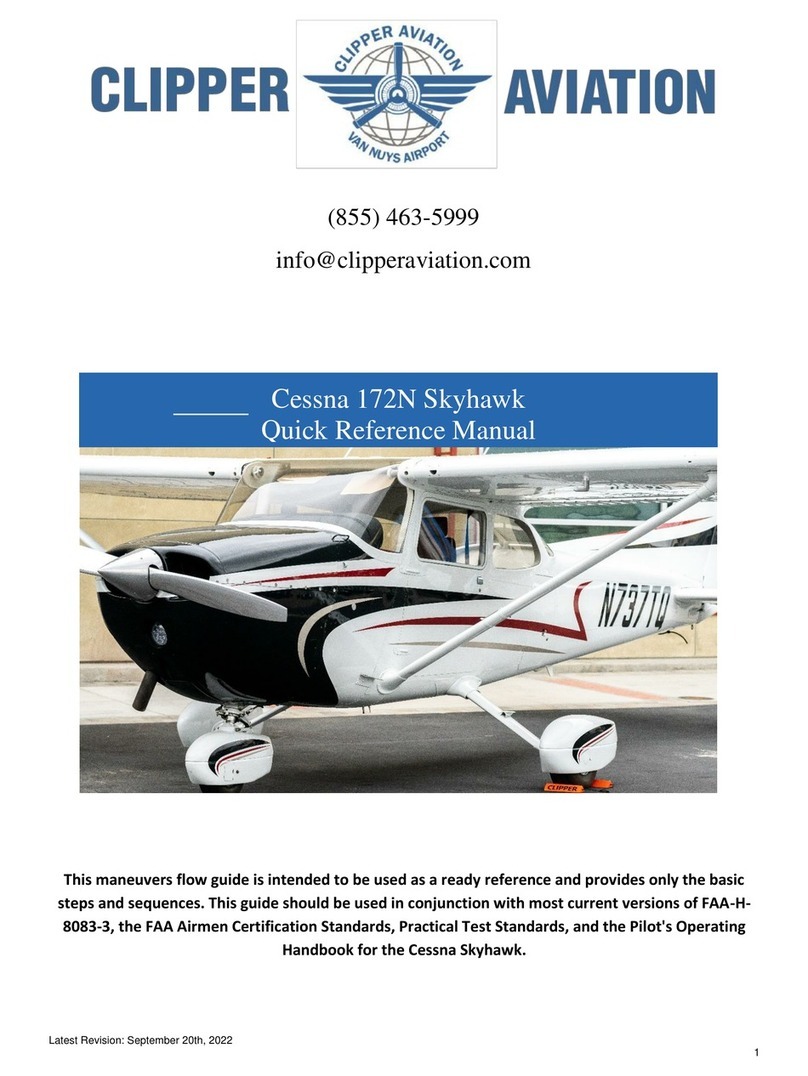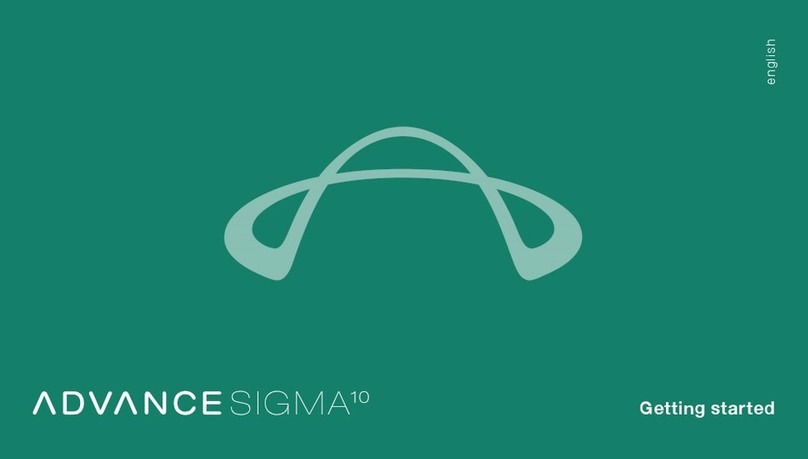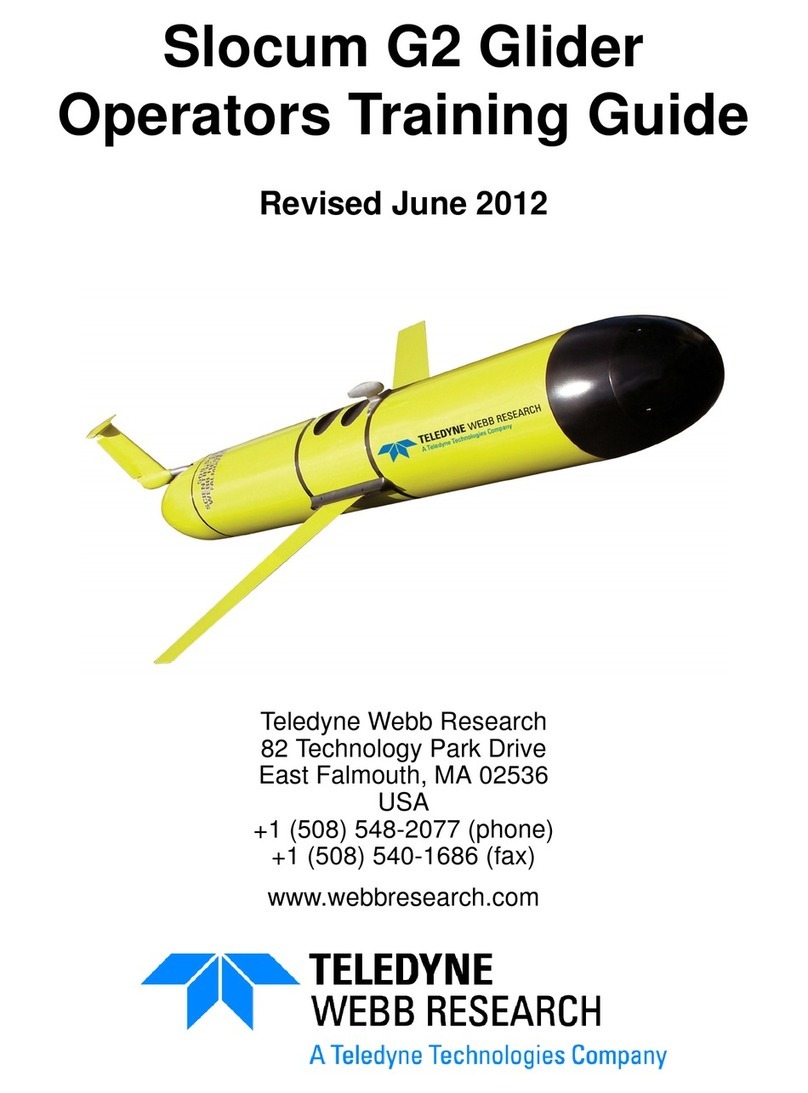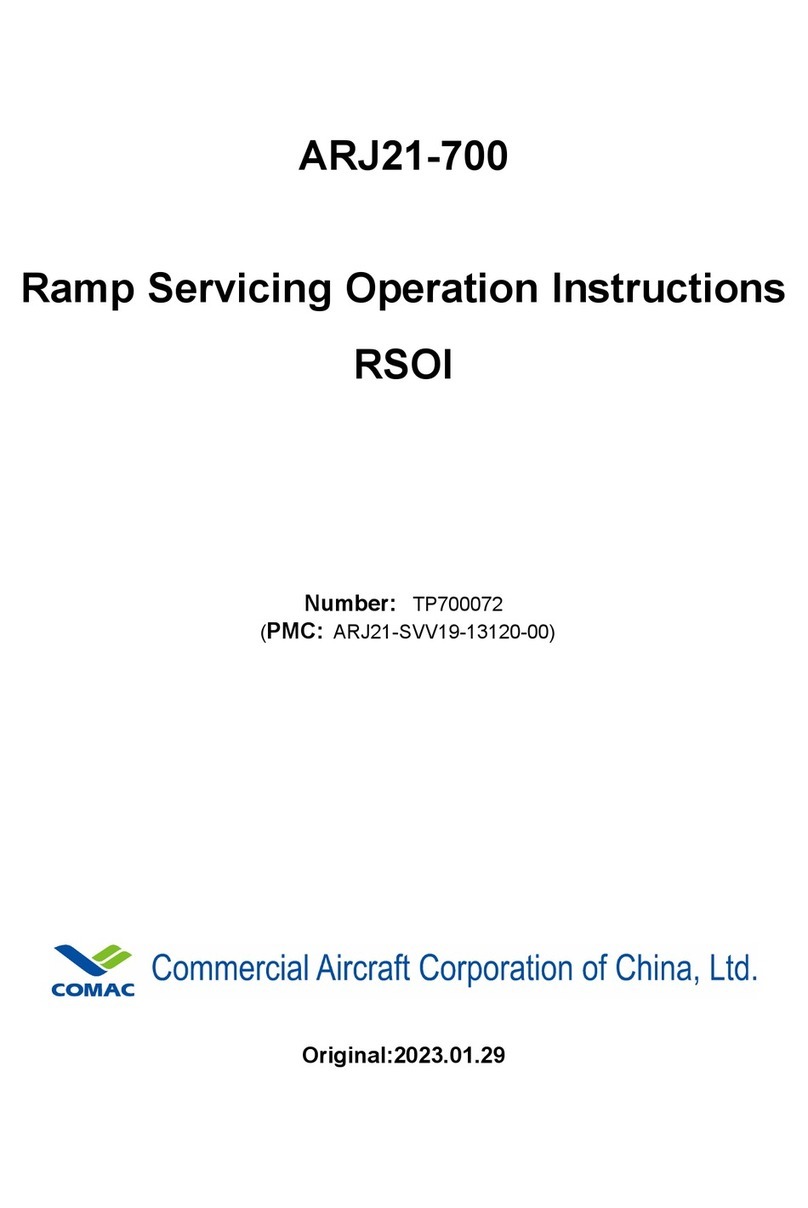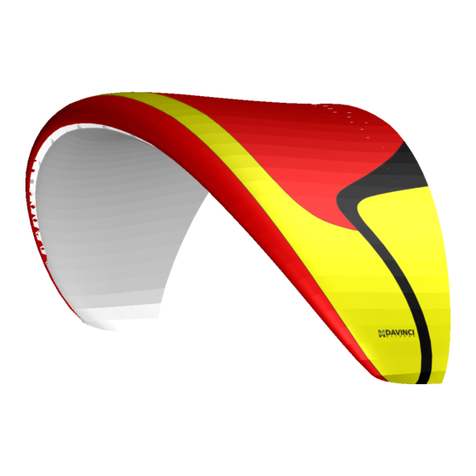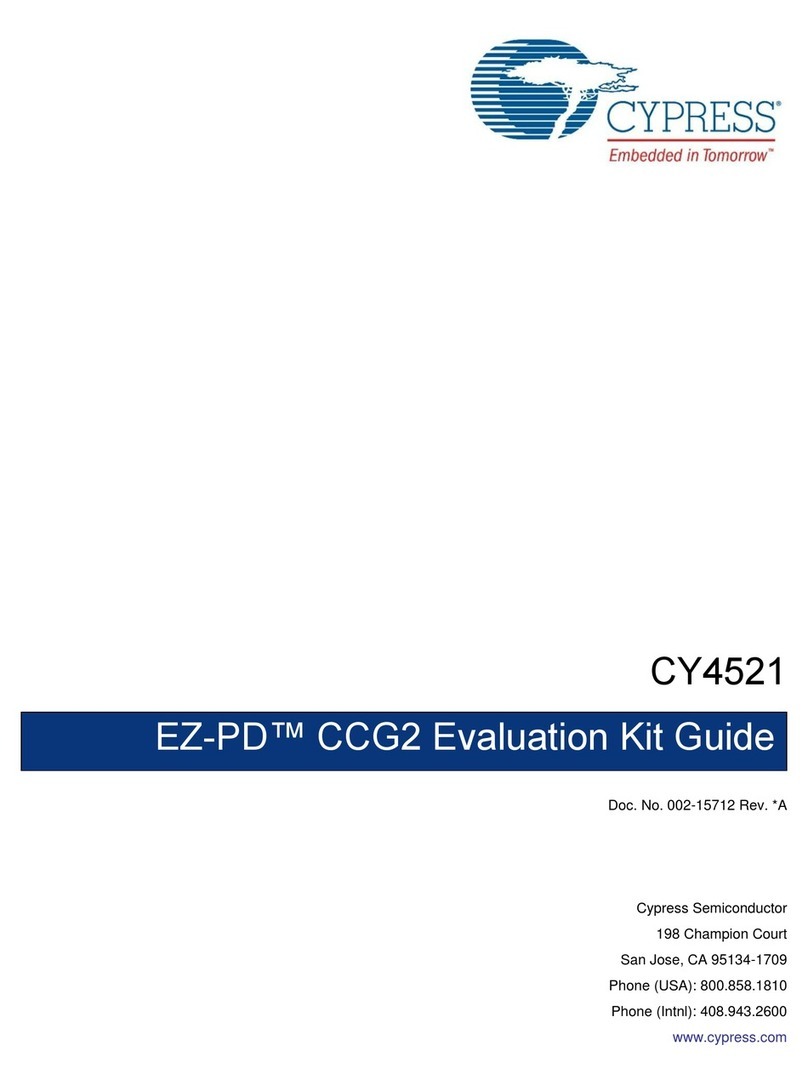DG Flugzeugbau LS10-s Technical specifications















Other manuals for LS10-s
1
This manual suits for next models
1
Other DG Flugzeugbau Aircraft manuals

DG Flugzeugbau
DG Flugzeugbau DG-500M User manual

DG Flugzeugbau
DG Flugzeugbau DG-1000T User manual
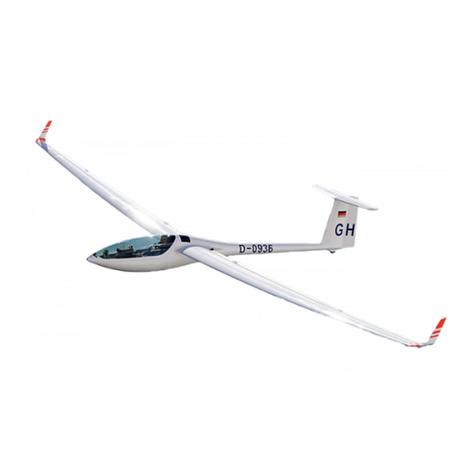
DG Flugzeugbau
DG Flugzeugbau DG-800S Operating instructions
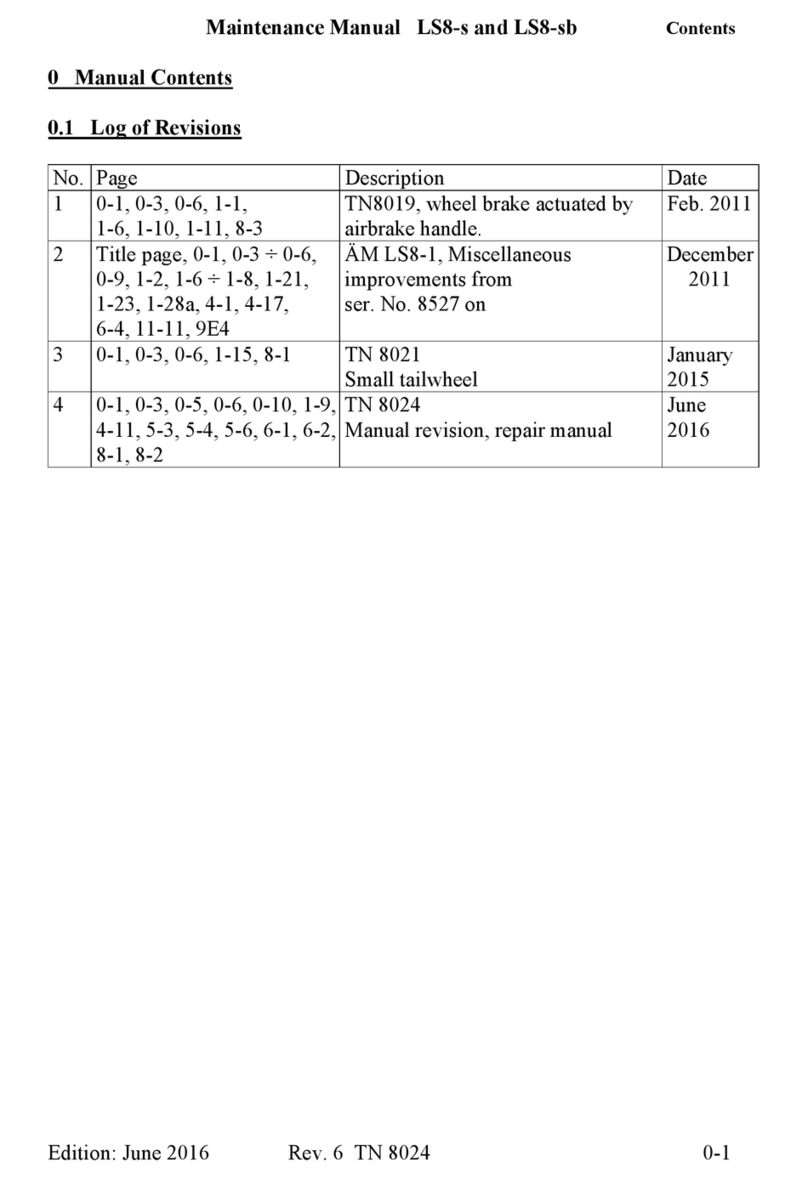
DG Flugzeugbau
DG Flugzeugbau LS8-s User manual
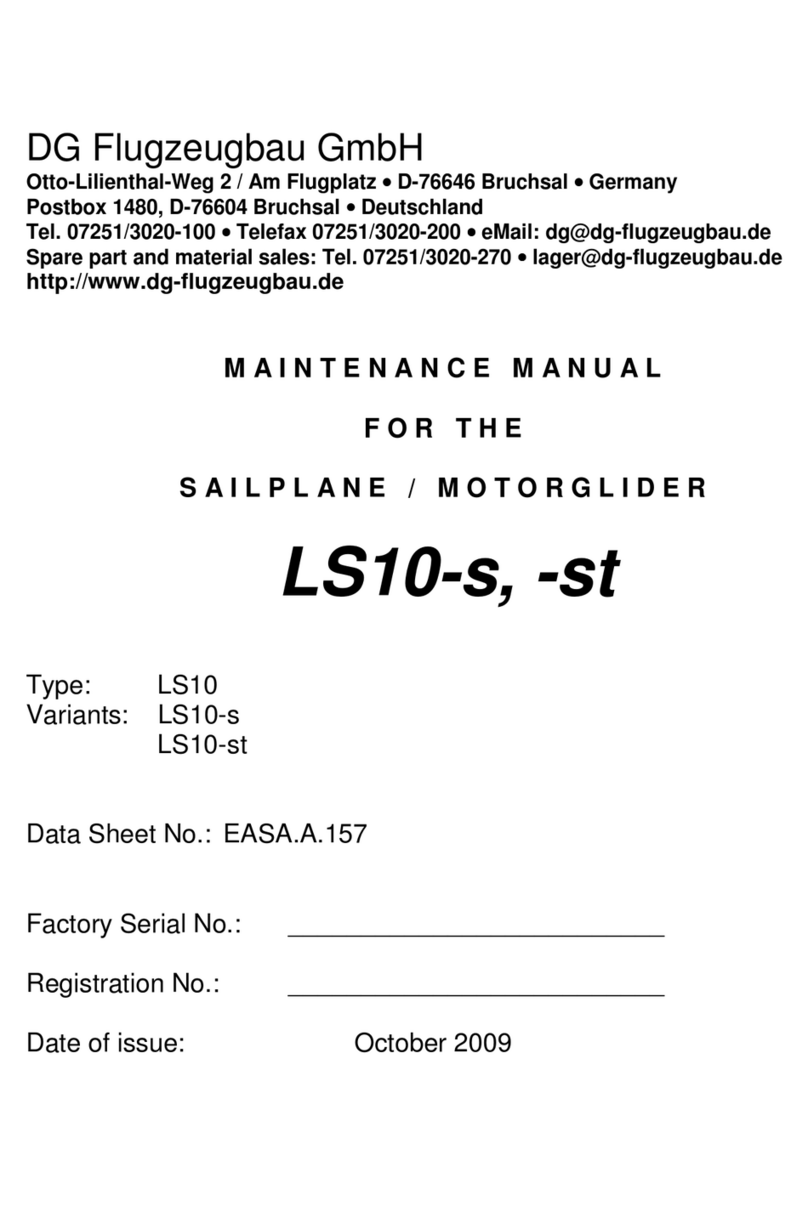
DG Flugzeugbau
DG Flugzeugbau LS10-s User manual

DG Flugzeugbau
DG Flugzeugbau DG-500 ELAN Orion Technical specifications

DG Flugzeugbau
DG Flugzeugbau DG-800S Technical specifications

DG Flugzeugbau
DG Flugzeugbau LS8-s Technical specifications
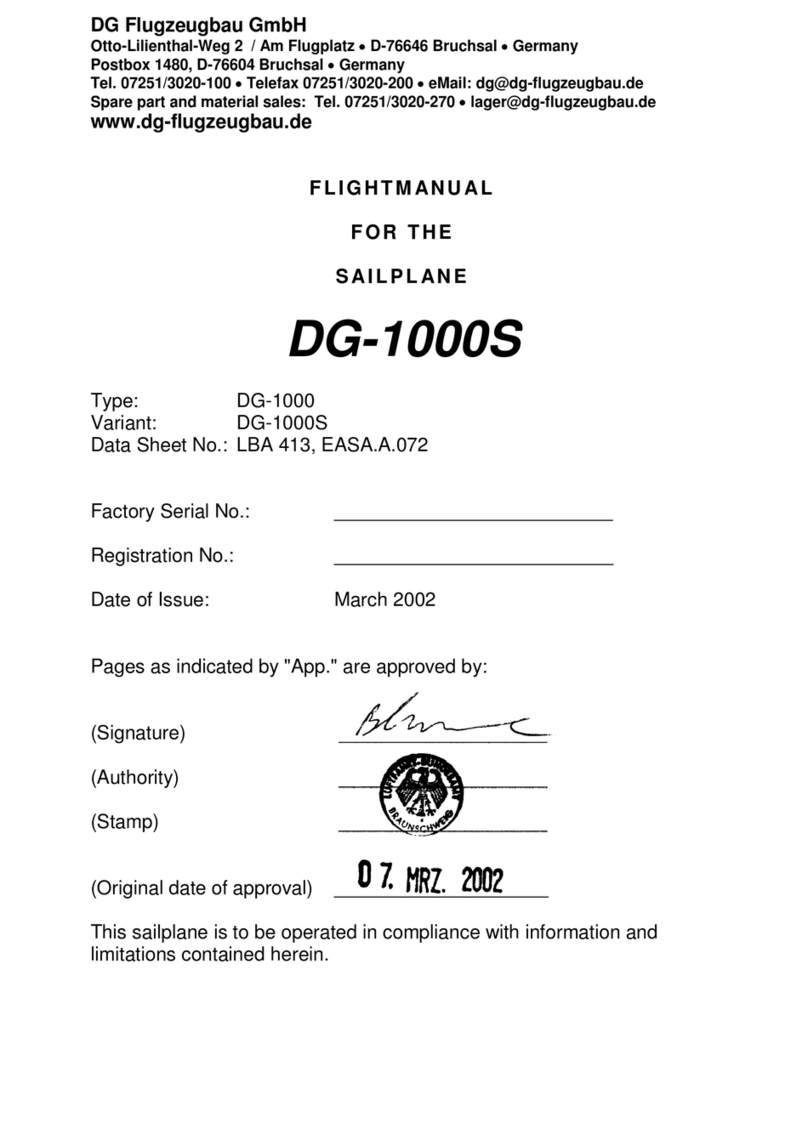
DG Flugzeugbau
DG Flugzeugbau DG-1000 Technical specifications
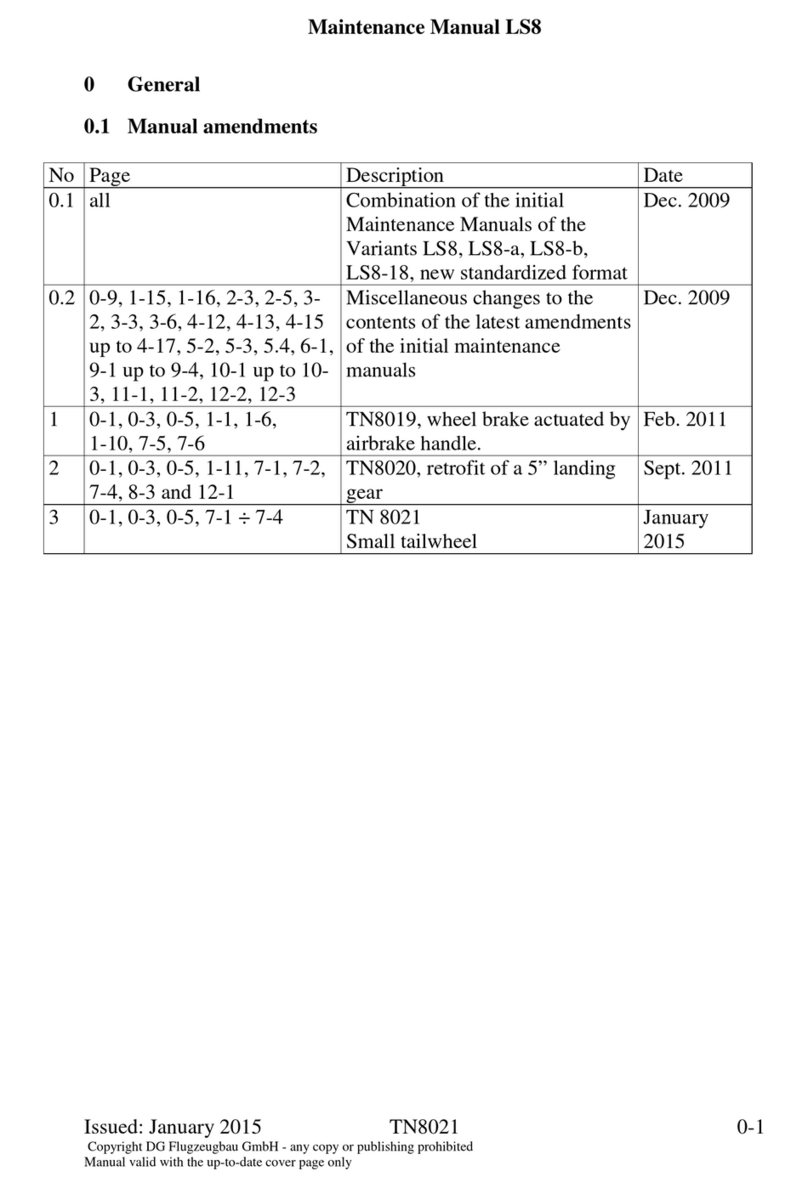
DG Flugzeugbau
DG Flugzeugbau LS8 Series User manual

DG Flugzeugbau
DG Flugzeugbau DG-500MB Technical specifications

DG Flugzeugbau
DG Flugzeugbau LS8 Series Technical specifications

DG Flugzeugbau
DG Flugzeugbau DG-1000S Technical specifications

DG Flugzeugbau
DG Flugzeugbau DG-800B Technical specifications

DG Flugzeugbau
DG Flugzeugbau DG-1001M Technical specifications
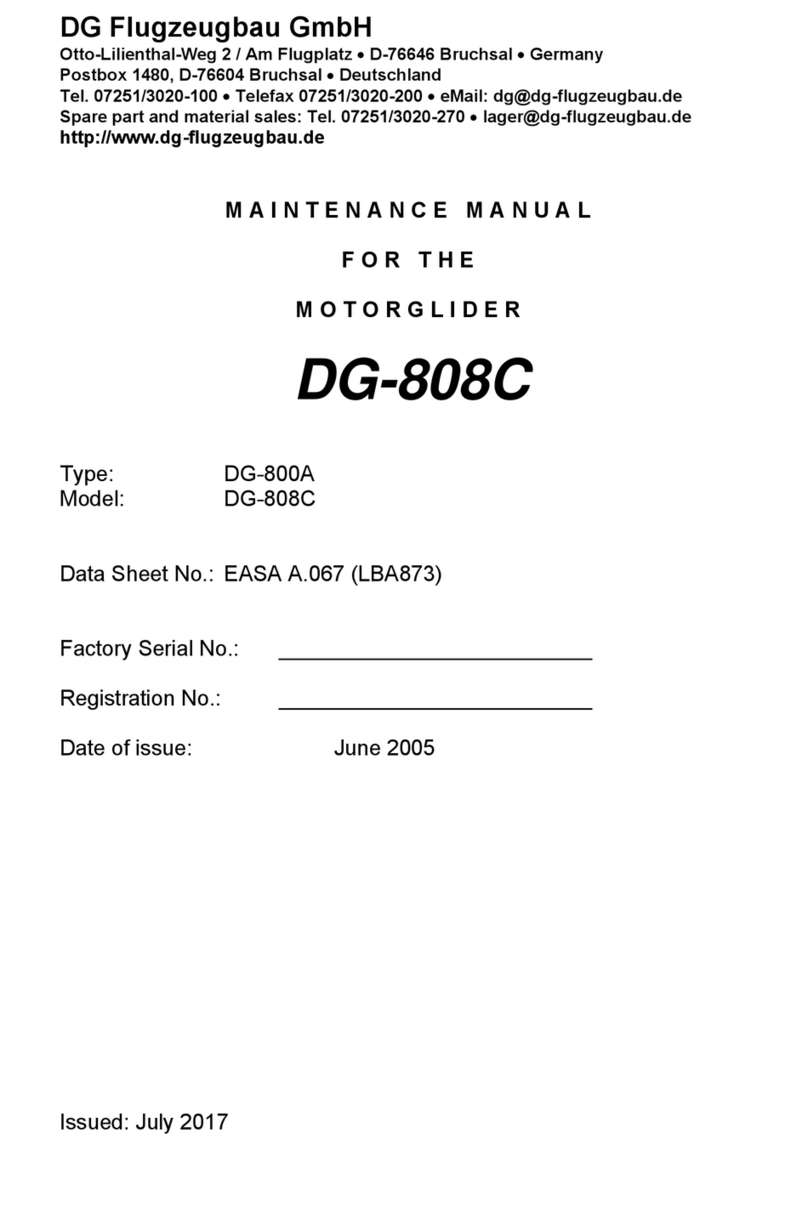
DG Flugzeugbau
DG Flugzeugbau DG-800A User manual

DG Flugzeugbau
DG Flugzeugbau DG-1000 Operating instructions

DG Flugzeugbau
DG Flugzeugbau DG-500 ELAN Orion Technical specifications

DG Flugzeugbau
DG Flugzeugbau DG-1000 Technical specifications
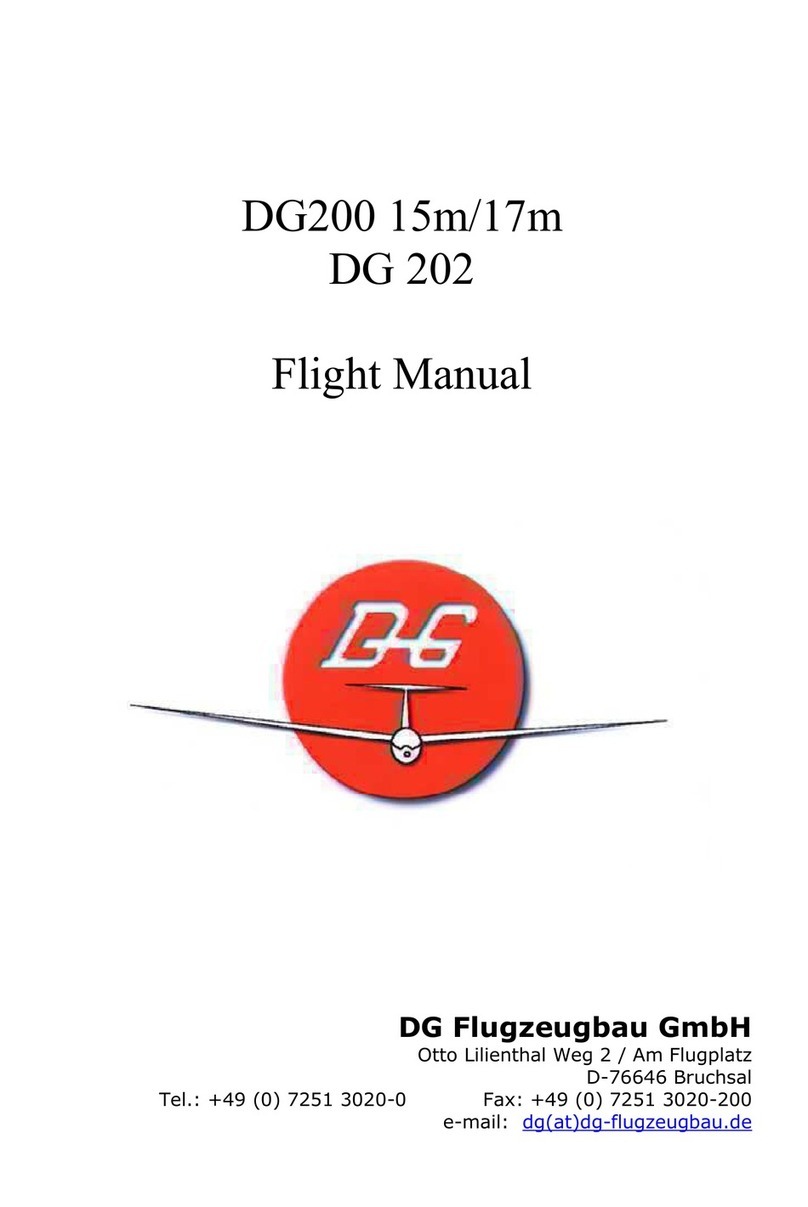
DG Flugzeugbau
DG Flugzeugbau DG200 Technical specifications







